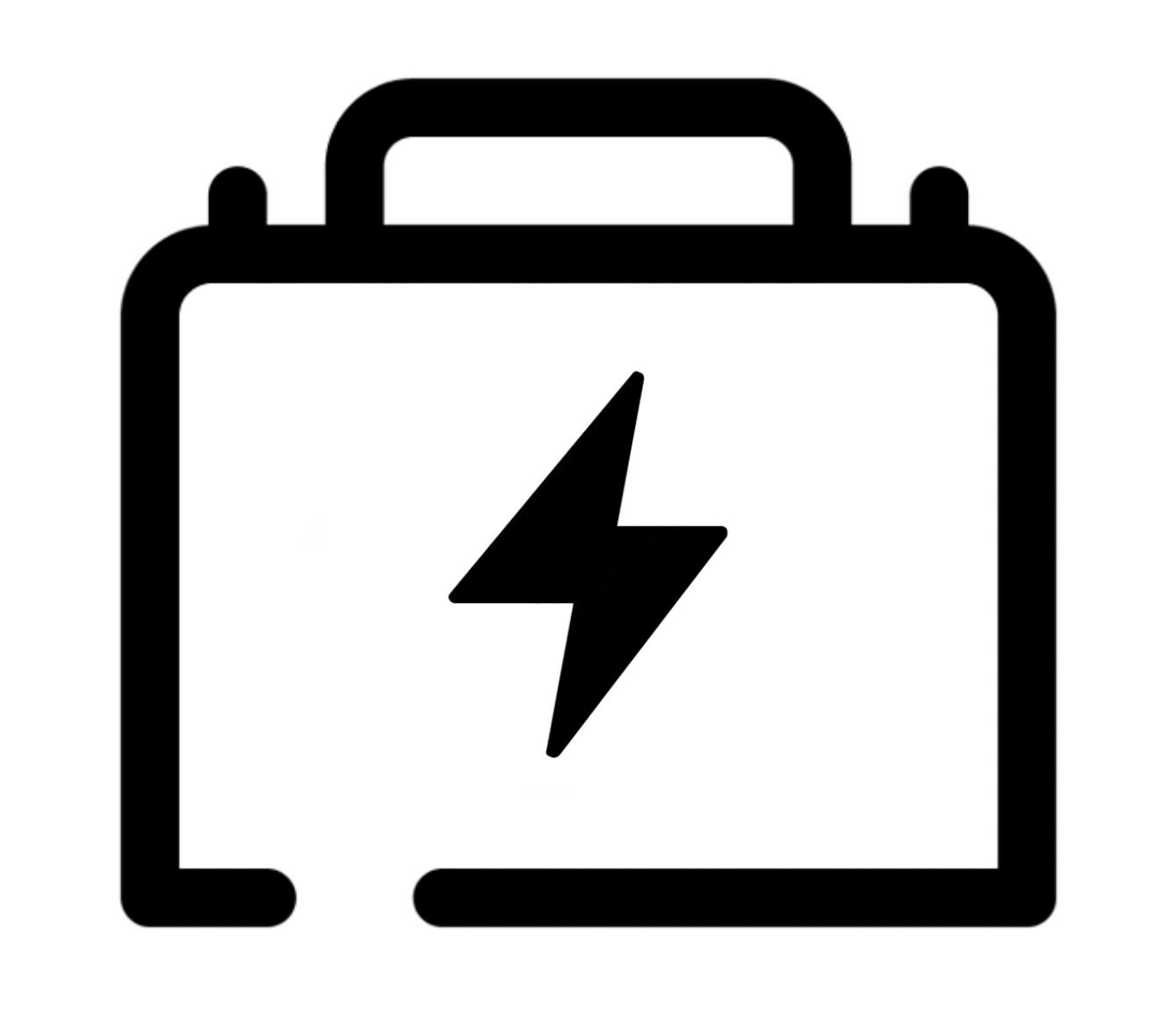
jul . 08, 2025 06:02 Back to list
Top Energy Storage Companies Leading Utility Scale & Long Duration Solutions
- Introduction: Overview of Energy Storage Companies
- Market Dynamics and Growth Trends
- Technological Advantages Shaping the Industry
- Competitive Comparison: Major Players in Focus
- Tailored Solutions for Unique Energy Needs
- Case Studies: Real-World Implementations
- Conclusion: The Future Scope for Energy Storage Companies

(energy storage companies)
Introduction to Energy Storage Companies: Pioneering the Clean Grid
The global transition to renewable energy sources has put a spotlight on energy storage companies
, entities crucial for stabilizing power supply and demand. These organizations offer advanced systems that capture and release energy as needed, facilitating the integration of solar, wind, and other renewables into the grid. The push for net-zero emissions has accelerated investments in energy storage; recent market research estimates the global energy storage market will expand at a CAGR of 24.4% from $10.3 billion in 2022 to $58.8 billion by 2030. This explosive growth is driving innovation across long duration energy storage companies as well as the largest energy storage companies striving for greater efficiency, safety, and sustainability. Here, we analyze market maneuvers, technological advancements, players’ performance, and real-world integrations as the landscape rapidly transforms.
Market Dynamics and Growth Trends
Demand for energy storage is surging alongside heightened renewable deployment and grid modernization efforts. China, the United States, and the European Union are leading investments, with China accounting for nearly 34% of global installed battery storage capacity in 2023 according to Wood Mackenzie. The utility-scale segment is a primary driver—in 2023, more than 13 GW of new utility-scale storage capacity was deployed in the US alone, compared to just 1.4 GW a decade before. Policy frameworks, incentives, and decarbonization targets have fostered the rise of utility scale energy storage companies companies and encouraged aggressive R&D investments. While lithium-ion technology currently dominates, market participants are increasingly diversifying their portfolios with alternative chemistries tailored to various use-cases, such as flow batteries for long-duration storage or hybrid systems for grid balancing.
Technological Advantages Shaping the Industry
Recent technological developments have redefined the competitive edge within the energy storage domain. Lithium-ion solutions are favored for their energy density and declining costs—battery pack prices have dropped 89% since 2010, reaching $139/kWh in 2023, according to BloombergNEF. However, advancements in long-duration systems, such as flow batteries (vanadium-redox, zinc-bromine), sodium-sulfur, and gravitational storage, have addressed key challenges like duration, scalability, and fire safety. Integration with artificial intelligence and real-time analytics enhances operational flexibility and predictive maintenance, improving return on investment for facility operators. Manufacturers also prioritize modular designs to optimize deployment efficiency and lower the cost-per-MWh stored. Notably, the 2023 unveiling of a 400 MWh iron-air battery storage project in the US exemplifies the momentum behind alternative chemistries for cost-effective, grid-scale applications.
Competitive Comparison: Major Players in Focus
A select group of largest energy storage companies companies leads the global sector, each offering unique technology portfolios, project footprints, and innovation trajectories. The table below provides a comparative snapshot of major industry players based on capacity, technology focus, global reach, and reported revenue (2023 figures):
| Company | Global Installed Capacity (GW) | Core Technology | Key Markets | 2023 Revenue (USD, billion) |
|---|---|---|---|---|
| Contemporary Amperex Technology (CATL) | 13.9 | Lithium-Ion | China, EU, US | 82.0 |
| LG Energy Solution | 5.4 | Lithium-Ion | Global | 22.5 |
| Fluence Energy | 5.1 | Lithium-Ion, AI Systems | North America, Australia, Europe | 2.2 |
| ESS Inc. | 0.4 | Iron-Flow | US, EU | 0.1 |
| Highview Power | 0.2 | Cryogenic | UK, US, LatAm | 0.06 |
| EnerVenue | 0.15 | Nickel-Hydrogen | US, Middle East | 0.05 |
CATL remains dominant in terms of global capacity and market share, leveraging aggressive scale in Asia and a proven supply chain. Fluence stands out for its sophisticated integration of AI and grid services in North America and Australia. Meanwhile, ESS Inc. and Highview Power demonstrate leadership in long-duration and alternative chemistries, capturing the growing market for multi-hour and seasonal storage solutions.
Tailored Solutions for Unique Energy Needs
One of the outstanding strengths of modern energy storage companies lies in their ability to configure solutions based on distinct client requirements. Industrial complexes, utilities, and grid operators increasingly demand systems that balance reliability with cost, environmental impact, and ease of integration. For instance, developers can deploy containerized lithium-ion batteries for rapid-response frequency regulation, while leveraging flow technology for 8-12 hour load shifting in renewables-heavy locales. Hybrid configurations, integrating solar PV, battery storage, and advanced controls, are now commonplace in microgrids and islanded communities. Modular battery rack systems allow seamless scaling up or down as demand evolves, and turnkey Maintenance-as-a-Service models mitigate operational downtime. Advanced partners also offer comprehensive software platforms for real-time monitoring, asset optimization, and participation in ancillary service markets. This highly bespoke approach facilitates optimal asset performance and enhanced economic returns.
Case Studies: Real-World Implementations
The practical impact of cutting-edge solutions can be seen in several high-profile deployments:
- Hornsdale Power Reserve (Australia): Operated by Neoen and supplied by Tesla, this 150 MW/193.5 MWh lithium-ion battery installation has generated $150 million in savings for South Australian consumers by providing grid stabilization services and supporting renewable integration.
- California Energy Storage Expansion: The Moss Landing Energy Storage Facility operated by Vistra and LG Energy Solution is the largest lithium-ion storage project globally, delivering up to 1,600 MWh and enabling California to exceed 5 GW of grid-connected storage capacity by late 2023.
- PJM Interconnection (USA): Fluence installations provide fast frequency response across the largest US grid operator, reducing reliance on peaker plants and accelerating renewables adoption.
- Highview Power’s CRYOBattery™: A 50 MW/250 MWh plant near Manchester, UK, applies cryogenic energy storage for long-duration, low-carbon backup, offering up to 16 hours of grid balancing.
- Cape Cod Municipal Projects (USA): ESS Inc. iron-flow batteries have been deployed in municipal utilities, providing up to 12 hours of backup and shaving peak loads for improved reliability.
These case studies exemplify the breadth of applications, from local grid reinforcement and cost savings to large-scale renewable integration, that are now possible with advanced storage technologies. The success of these projects underlines the critical role of customized, site-specific engineering deployed by industry leaders.
Conclusion: Evolving Landscape for Energy Storage Companies
The future trajectory for energy storage companies is promising, marked by accelerating innovation, expanding policy support, and rapid adoption across sectors. As business models evolve from single-purpose installations to platform-based solutions, collaboration across manufacturers, utilities, and technology integrators becomes essential. Market leaders will distinguish themselves through breakthroughs in long-duration energy storage and creative commercial structures that maximize both grid and customer value. Robust safety, sustainability, and digital control systems will become standard differentiators. As the world moves toward net-zero ambitions and renewable energy dominance, energy storage companies will remain central to building resilient, flexible, and sustainable energy networks.

(energy storage companies)
FAQS on energy storage companies
Q: What do energy storage companies do?
A: Energy storage companies develop technologies to store electricity for later use. They help balance supply and demand on the power grid. Their solutions support renewable energy integration and grid reliability.Q: Which are some of the largest energy storage companies?
A: Some of the largest energy storage companies include Tesla, Fluence, and LG Energy Solution. These companies offer large-scale battery and storage systems. They operate worldwide and serve both utility and commercial clients.Q: Why are long duration energy storage companies important?
A: Long duration energy storage companies provide solutions that can store energy for several hours or even days. Their technology is vital for ensuring grid stability during prolonged renewable energy gaps. This supports a more resilient and reliable power supply.Q: What defines a utility-scale energy storage company?
A: Utility-scale energy storage companies develop and deploy large projects connected to power grids. Their systems can store and release massive amounts of energy to support electricity delivery. These projects often help stabilize energy prices and supply.Q: How do companies choose between short and long duration energy storage solutions?
A: Companies select storage types based on their energy balancing needs and grid requirements. Short duration solutions handle quick fluctuations, while long duration solutions cover extended outages. Both are vital for a reliable and modern energy system.-
High-Efficiency Microinverter Solutions Top Microinverter Suppliers & Exporters
NewsJul.08,2025
-
Top Energy Storage Companies Leading Utility Scale & Long Duration Solutions
NewsJul.08,2025
-
Charge Point Charger - Reliable Charging Solutions for EVs Leading Charge Point Charger Company & Exporters
NewsJul.07,2025
-
Types of Battery Energy Storage Systems - Leading Products & Exporters Company
NewsJul.07,2025
-
AC or DC Power Supply in Home Trusted Google Home Power Supply Voltage Manufacturers
NewsJul.07,2025
-
High-Performance Portable Power Station 220V – Reliable Energy Solutions for Outdoors & Emergencies
NewsJul.06,2025























